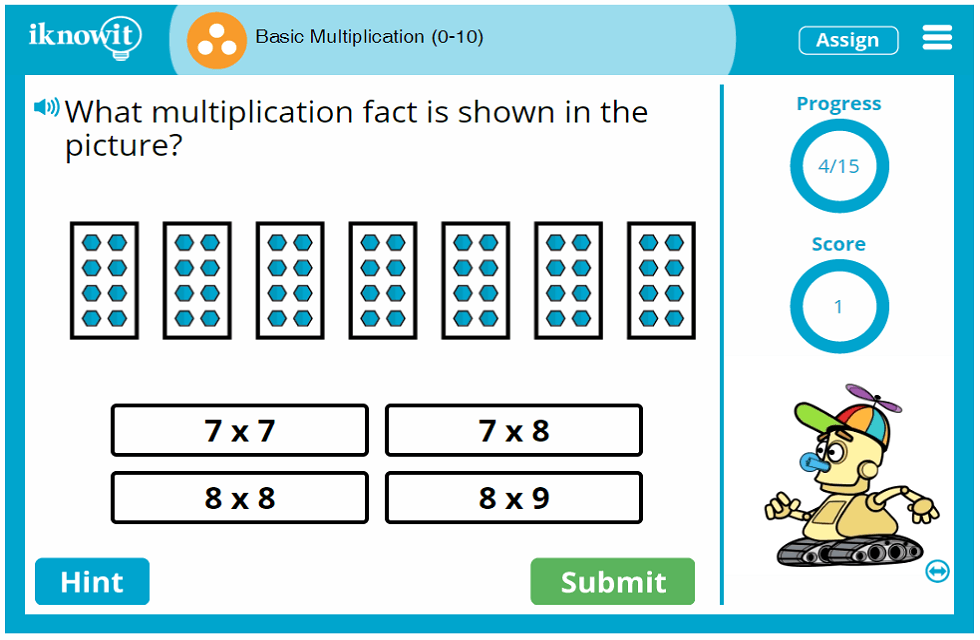
Attendance is an important factor in academic success. Students must attend class on a regular basis, arrive on time and remain punctual. Students must be aware of their moral responsibilities towards school. Students must do their chores at school and participate in other activities. Students must behave on the playground and be supportive of their classmates. Finally, students need to pay attention their teachers.
Characteristics for students in school
The characteristics of students in school are one of the most important factors determining their engagement and learning. The ability of professional teachers to detect and monitor these characteristics is a major skill. Students have two basic types of characteristics: cognitive and motivational-affective. Cognitive characteristics refer to students' general cognitive abilities, while motivational-affective characteristics include students' interests and self-concept of ability in certain subject domains. Both types of characteristics develop at different rates, and teachers need to be able to identify when students are engaging in learning activities.
Teachers can identify characteristics in students by using classroom observation. They can observe the behavior and underlying characteristics of students. They can also model the behaviors of a group of students that have similar characteristics.

Strategies to reduce student absences
Absences are a serious problem for schools, not only because they result in learning gaps, but also because they can have an impact on a school's budget. Seven states fund school districts according to attendance. Districts with low property taxes use attendance revenues to make ends work. School administrators are increasingly seeking outside help to find solutions. Attendance Works, a similar organization, has partnered in partnership with 34 districts from 32 states to develop strategies for reducing student absences.
Parents can also be involved in the prevention and management of student absences. This way, they can stay informed about the student's attendance, grades, and any disciplinary issues. Schools can increase retention rates and maximize their ROI by engaging parents in solving absenteeism. Schools can use mobile-first student attendance monitoring systems, such as Creatrix’s Student Attendance Management Software, to make this possible.
The impact of parental involvement upon student attendance
According to Blackboard a website that tracks parental involvement, parental participation has dropped since 2016. This is due to the fact that parents are less involved in school activities than they used to be. Parents have become more focused on the convenience of online communication with teachers. Low attendance rates may also be due to parents' decreasing commitment.
Research has shown that students who have high levels of parental involvement are more likely to achieve higher grades. Students with more parental involvement score better on standardized exams, receive higher grades and are more likely attend school regularly. They also tend to be more successful in class. These students are more likely complete their education and to develop social skills. The most significant effects of parental involvement were found to be in reading and school-related expectations.

Student attendance: Impact of COVID-19
Students who miss class can have a significant impact on their learning. It's therefore important to identify the root causes and create a plan for increasing attendance. To make it more accessible to a wider student population, you need to increase attendance. This will require an aggressive strategy to involve parents and school social services in most school systems.
This new approach may not be without its faults. However, it does have its advantages. It can be useful to monitor the progression of the epidemic, and identify the factors that contribute to low attendance rates. It is a key indicator of well-being and a reliable predictor for student success. Concerningly, there is an increase in chronic absenteeism within the US. In Detroit, for example, a recent study showed that 70% of students were chronically absent. Computer problems are also a factor in a high number of chronic absences. Parents reported this as well. The new phenomenon presented many challenges that even the largest district investments in technology could not overcome.
FAQ
What is early childhood education?
Early Childhood Education refers to a field dedicated to helping children become happy, healthy adults. This includes teaching children how to read and preparing them for kindergarten.
Early childhood education has the goal of helping children learn and grow by offering them age-appropriate experiences.
Early childhood educators are often called upon to assess the developmental needs of each child they come across. This assessment is used to determine if a specific program would be beneficial for each child.
Parents can interact with teachers and professionals who have had experience working with young kids through early childhood programs.
Parents play an important role in an early childhood education as well. They should know how to take care of their children properly and provide support and guidance when necessary.
Parents are also welcome to participate in activities to help their children learn skills they will use throughout their lives.
Preschool education is sometimes called early childhood education. However, this term can be used interchangeably with daycare centers. Prekindergarten education usually starts around three years of age. Early childhood education is very similar.
What is the difference in a university and college?
A university provides higher education. It offers both undergraduate and graduate courses in many fields.
A college is typically smaller and less well-known than a university. It might offer fewer courses, but it will often have its own specialist areas.
What is the purpose of schooling or education?
Education should equip students with the skills they need to be successful in work. It is not only a pursuit of academic excellence, but also a social activity, where children can share their knowledge and gain confidence from one another through activities like music, art, and sports. Learning to think creatively and critically is a key part of education. This allows students to be self-reliant, independent, and confident. What does it mean to have good educational standards?
Educational standards that promote student success are considered good. They provide a clear set of goals teachers work towards with their pupils. Good educational standards are flexible enough to enable schools to meet changing needs. Fair and equitable education standards must also be maintained: Every child is equal in terms of chance of success, regardless of his/her background.
Statistics
- In most developed countries, a high proportion of the population (up to 50%) now enters higher education at some time in their lives. (en.wikipedia.org)
- They are more likely to graduate high school (25%) and finish college (116%). (habitatbroward.org)
- Data from the Department of Education reveal that, among 2008 college graduates, 92.8 percent of humanities majors have voted at least once since finishing school. (bostonreview.net)
- “Children of homeowners are 116% more likely to graduate from college than children of renters of the same age, race, and income. (habitatbroward.org)
- They are also 25% more likely to graduate from high school and have higher math and reading scores, with fewer behavioral problems,” according to research at the University of Tennessee. (habitatbroward.org)
External Links
How To
How to get started in homeschooling
Homeschooling is the process of educating children at home, which includes teaching them subjects through different methods such as reading books, watching videos, doing exercises, listening to music, etc. This method of learning is thought to be one of the best because it allows students to learn at their own pace and to develop skills such problem-solving skills, creativity, self discipline, communication, as well as social skills.
People who wish to educate their children at their home are more common than ever, particularly parents who work full-time but don't have enough time for their children. They have the option of homeschooling which allows them to put their energies into their children's education without needing to worry about someone taking care of them at work.
There are many advantages to homeschooling. Some of these benefits include: developing the ability and creativity to think critically and creatively; increasing their knowledge base; improving their language skills; developing their personal identity and becoming independent learners.
Homeschooling is designed to give quality education to students so that they can succeed as adults. However, certain requirements must be fulfilled before starting homeschooling. This includes determining whether your child qualifies to attend private or public schools. Consider what curriculum you will use when you start homeschooling. There are several types of curricula available online that you can choose from depending on your preference, budget, and level of expertise. There are several types of curricula available online, including classical, Montessori Waldorf Reggio Emilia Charlotte Mason, natural learning, unschooling, Waldorf, Reggio Emilia and Reggio Emilia. Another requirement that you must fulfill before starting homeschooling is to make sure that you have the required resources needed to teach your child. This means purchasing textbooks, educational materials, computers, electronic devices, toys, games, art supplies, musical instruments, etc. These items may be bought online, or purchased in local stores.
Once you've completed the above steps successfully, you can register yourself as a parent who homeschools. Contact your state department for education to get help. They will help you fill out forms and advise you on how to start homeschooling.